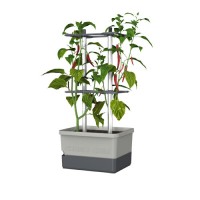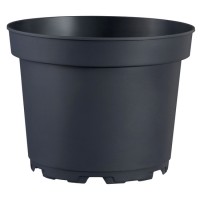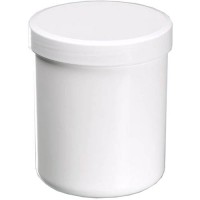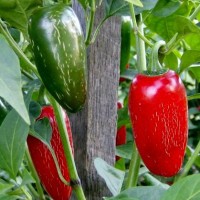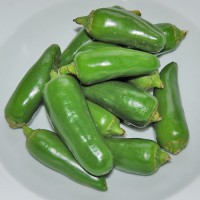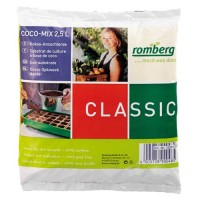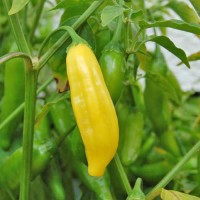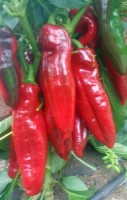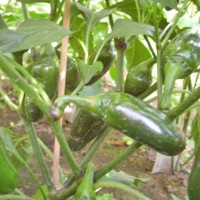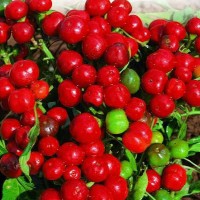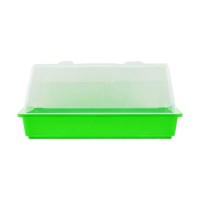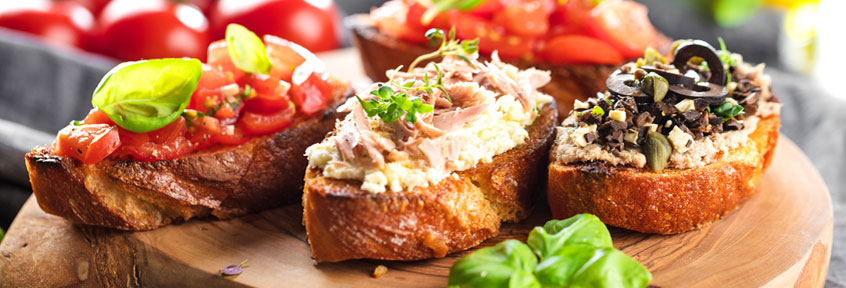Californian Wonder Golden Pepper Seeds
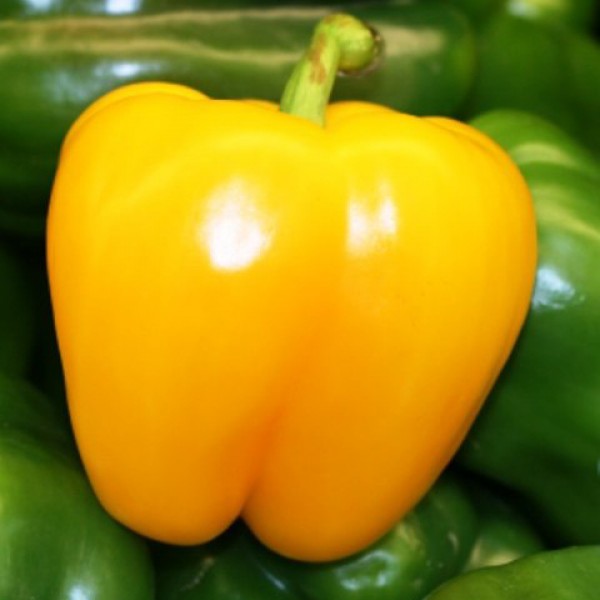
Californian Wonder Golden Pepper Seeds
Information: The old species, the Californian Wonder, is a very fruitful strain of pepper, that comes in varieties of red and yellow. The bell-shaped fruits of the Yellow Californian Wonder ripen from dark green to bright yellow. The crunchy peppers each have 3 to 4 chambers and are full of sweet and fruity flavour, which is why they have become one of the most popular types of pepper in the world.
You can use them when they’re yellow or green; they can be eaten uncooked in salads or salsas or they can be cooked, fried, stuffed, barbecued or pickled. The Californian Wonder is resistant to a number of viruses and bacterial infections and they can be kept through the winter in a plant pot.
Care: Germination temperature is between 20°C and 28°C (germination period: 7-18 days); it is therefore recommended to use a greenhouse and a heating mat. The plants need fresh, well-fertilised permeable soil and should not be left in standing water. They should be placed in a sunny, sheltered place with at least 6 hours of sunlight per day, if not more. Take care to place Californian Wonder Bell Peppers in a sunny position when planting them outside (do not do so until after the last frost). To keep them over the winter, cut them back by 20cm after harvesting and place them in a pot in a light place where it is at least 15°C.
You can find plenty of useful tips for successfully growing chili plants in our Chili Growing Guide and in the Chili Journal.
| Type | Capsicum annuum |
| Contents | 10 seeds |
| Spice level | 0 |
| Scoville | 0 SHU |
| Optimum germinating temperature | 20 - 28 °C |
| Seeding | Feb – Apr |
| Flowers | White (May – Aug) |
| Growth habit | Bushy, 50-80cm tall |
| Maturation | From green to yellow |
| Fruit’s appearance | Bell-shaped peppers, approx. 9 x 11cm |
| Maturation period | 70 – 80 days |
| Origin | USA |
Manufacturer
Name: | Femundus GmbH |
Address: | Holzweg 16 67098 Bad Dürkheim Deutschland |
Nicht so toll
Versand alles vom besten.
Keimrate....1 von 10.
Die eine hat es in ihrer Vegetationsperiode nicht mehr zur Fruchtreife geschafft.
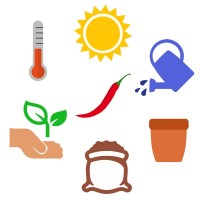 Crash Course Chilli Cultivation
Crash Course Chilli Cultivation 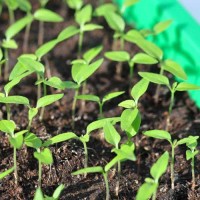 How to germinate chillies
How to germinate chillies 
